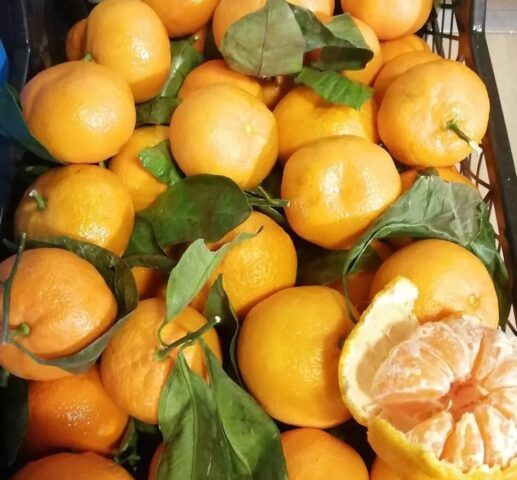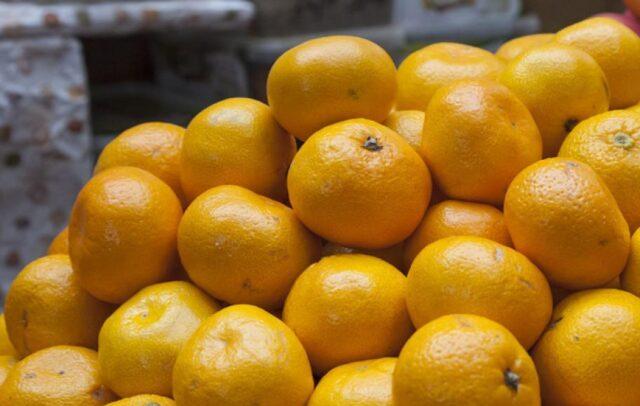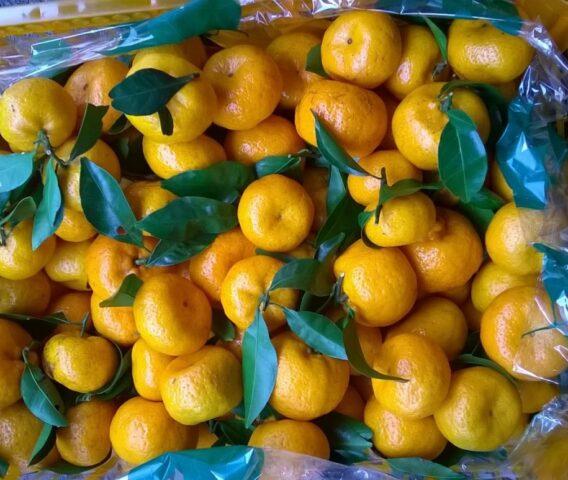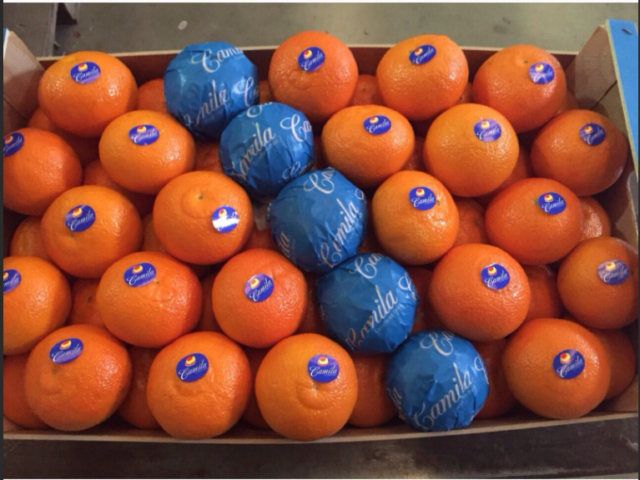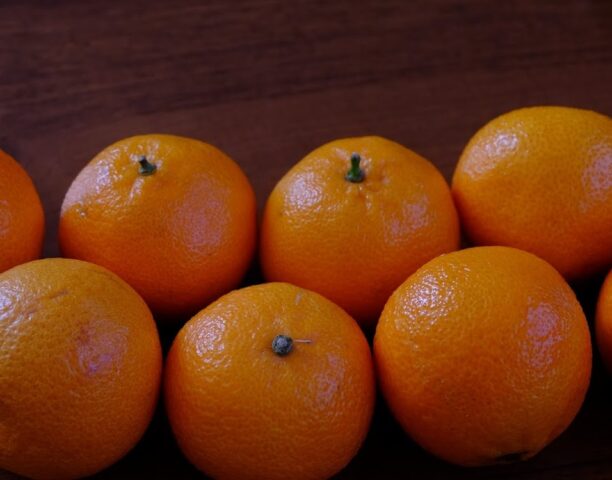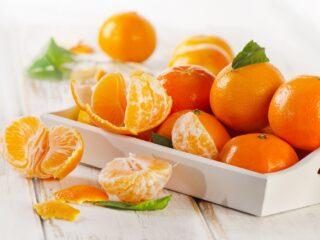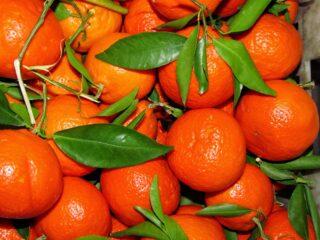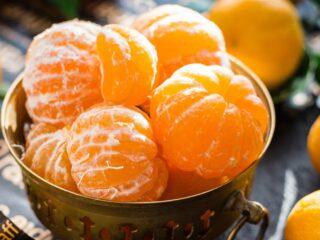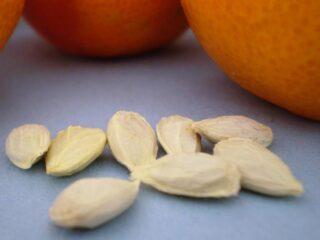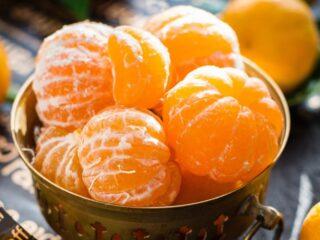Content
There is a big shortage of fresh vegetables and fruits in Russia in autumn and winter. However, just at this time the season of tangerines begins. Citrus fruits, rich in vitamin C and other important substances for the body, are an effective means of maintaining immunity. But in order for fruits to bring maximum benefits, you need to be able to choose them correctly.
When do tangerines ripen?
Exactly when the tangerine ripening season begins depends on several factors. First of all, these are climatic and weather conditions in the cultivation region, quality of care and varietal characteristics.
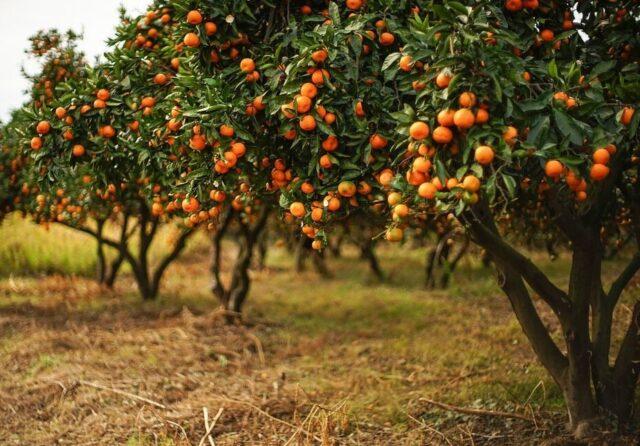
The “start” of the season occurs in the last days of October or the beginning of November, it ends in January
However, the “earliest” October tangerines are rarely grown on an industrial scale. In terms of taste and external presentation, they are, as a rule, inferior to later varieties, therefore, even before the onset of the season, they are not in great demand by buyers who prefer to wait a little longer.
When does the tangerine season begin in Russia?
In Russia, tangerines are cultivated exclusively in regions with a subtropical climate - in the North Caucasus, Crimea, and Krasnodar Territory.But still, local conditions cannot be called ideal for citrus, so the tangerine harvest here is harvested quite late - in November-December.
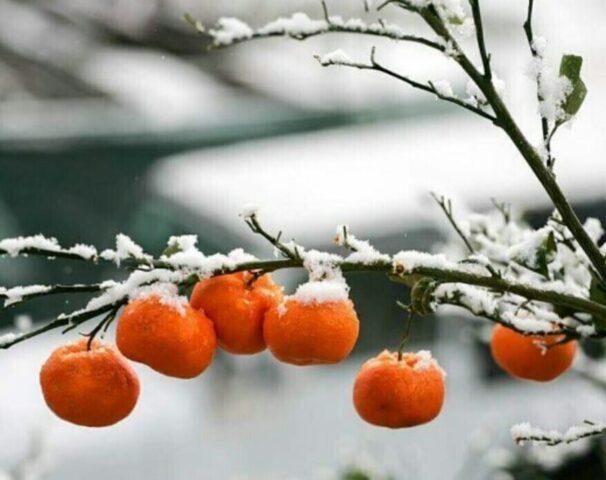
If you delay harvesting too much, there is a risk of being left without a harvest at all.
Tangerine harvest season in other countries
Most of the supply of tangerines to Russia comes from Turkey, China, Spain, Morocco, Israel and Abkhazia. Each country has its own climatic conditions; accordingly, the timing of mass ripening and the onset of the season for citrus fruits vary:
- the junction of November-December (Spain, Israel);
- second ten days of December (Türkiye, China, Abkhazia);
- last days of December or beginning of January (Morocco).
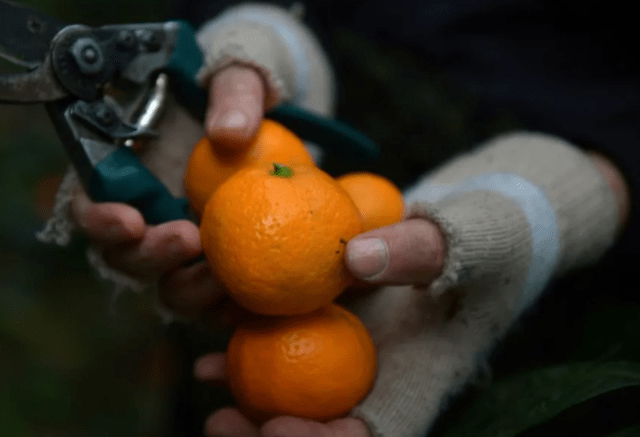
Russia is the world's largest importer of tangerines
How long do tangerines ripen?
The active growing season for tangerine trees begins in the last days of April or in the first ten days of May. Its beginning is signaled by the very active growth of young shoots, accompanied by massive “leaf fall.”
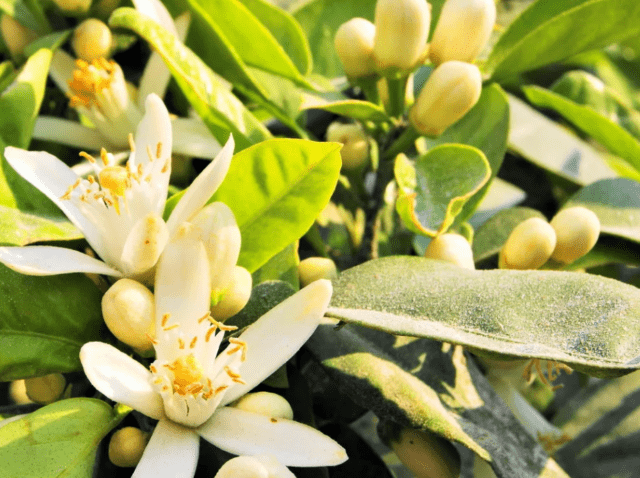
Buds are formed only on the growth of the current season, flowering occurs at the very end of May or beginning of June
Fruit ovaries on tangerines appear in June-July. There are a lot of them, and the tree is not able to provide each of them with the substances necessary for development in the required volume. Therefore, after 1.5-2 weeks, massive shedding of the ovaries begins. “Surviving” citrus fruits need at least 3.5 months to ripen.
Which tangerines are better to choose?
To avoid buying sour, unripe tangerines even during the season, you need to know the characteristic features of ripe citrus fruits from different countries:
- Abkhazia. Most often, the maturity of citrus fruits collected during the season is indicated by a “glossy” peel and a very slight sourness in the taste.
There are many different varieties grown on the territory of Abkhazia, so it is difficult to identify general maturity criteria
- Türkiye. Local fruits look rather unattractive and are difficult to clean. Their taste, even in season, is distinctly sour.
The only advantage of Turkish tangerines is their low price
- China. Local tangerines are most often sold with twigs and leaves. They are small, noticeably flattened, bright orange (sometimes with a reddish tint) in color.
The peel of Chinese citrus fruits is smooth, peels off easily, and in some places even lags behind the pulp.
- Spain, Israel. Citrus fruits are one-dimensional, regular in shape. The peel is uniform, bright orange, large-porous or slightly “lumpy”, and peels off very easily.
Spain and Israel supply “premium class” citrus fruits; they are not cheap even in season
- Morocco. Mostly clementines are grown there - small, almost spherical tangerines with deep orange, smooth skin that is easily peeled from the fruit.
Clementine - a hybrid of tangerine and orange
You can also find obviously spoiled fruits on the shelves during the season. If citrus fruits meet at least one of the following criteria, it is better to refuse the purchase:
- uneven skin color;
- “wetting” spots, reminiscent of traces of mold and rot;
- juice flowing from under the skin;
- even minor mechanical damage on the surface of citrus;
- “wrinkled”, obviously dry and hard peel;
- dents remaining on the surface of the fruit after light pressure with a finger;
- unnatural lightness or heaviness compared to fruits of similar sizes;
- a “heavy” smell uncharacteristic of citrus fruits with notes of mustiness or its complete absence;
- large size or strong “flattening”.
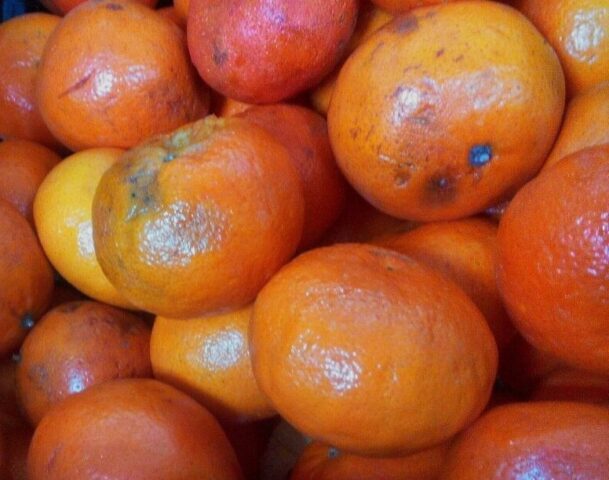
The taste of the pulp of a tangerine that is moldy on the outside inevitably deteriorates.
Conclusion
The tangerine season occurs in late autumn and winter, since its “historical homeland” is the tropics and subtropics. In Russia, this citrus is an almost integral part of the New Year's table and a valuable aid in the fight against seasonal diseases. But only ripe and fresh tangerines will be beneficial for health and immunity, so you need to know what to look for when buying.
